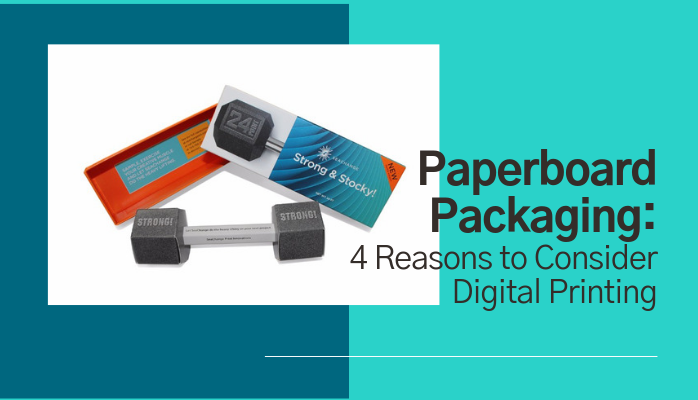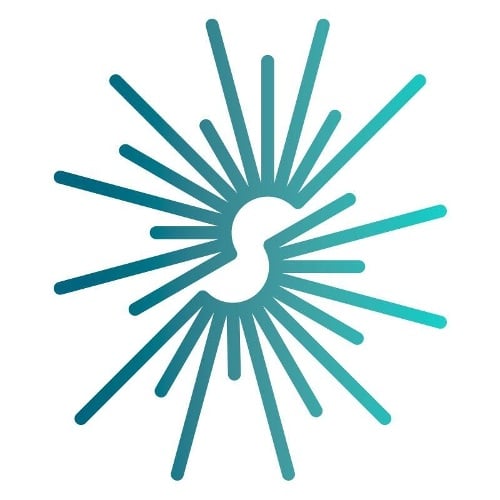For years conventional offset printing has been the go-to for paperboard packaging – primarily due to print quality. Yet now that technology has evolved, digital printing is definitely worth a second look. Here are just a few reasons why:
- Variable printing. For packaging programs with frequent UPC changes, versions or other variable fields, conventional offset can be cost prohibitive. Digital, on the other hand, allows you to affordably print variable data including consecutive numbering for traceability, or to add personalized messaging to better connect with consumers.
- Faster lead time. While conventional offset printing typically requires 2+ weeks lead time, digital projects can be completed in a much shorter timeframe, as printing can begin immediately with minimal equipment make-ready, or plate changing.
- Quality. New digital coatings and technologies can mimic the look of conventional printing and achieve very similar results. Our packaging team uses strict quality control measures to test digitally printed colors on paperboard, tweaking as needed to ensure the closest match possible to your brand colors. A scuff-resistant coating can help ensure your final product looks great when it’s shipped from your warehouse to the retail shelf or delivered to your customer. Plus, our presses include Inline Spectrophotometer to ensure consistent color calibration.
- No minimum quantities. Whether you are conducting a market test, manage a sku intensive program, or simply have a lower volume need, digital printing enables you to place those orders more affordably, without minimum quantity requirements.
SeaChange has the capability to digitally print up to 24pt paperboard (most digital presses can only print up to 18pt).
Of course, we’d love to show you a sample of work produced on it. Connect with us to learn more.



